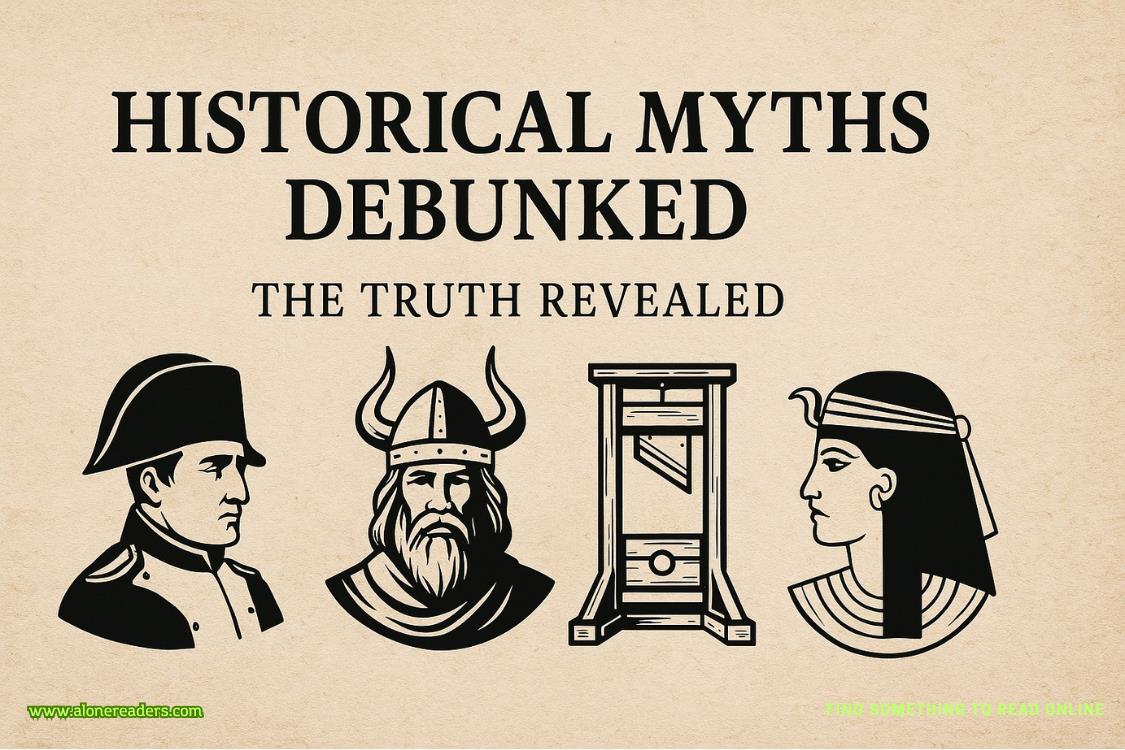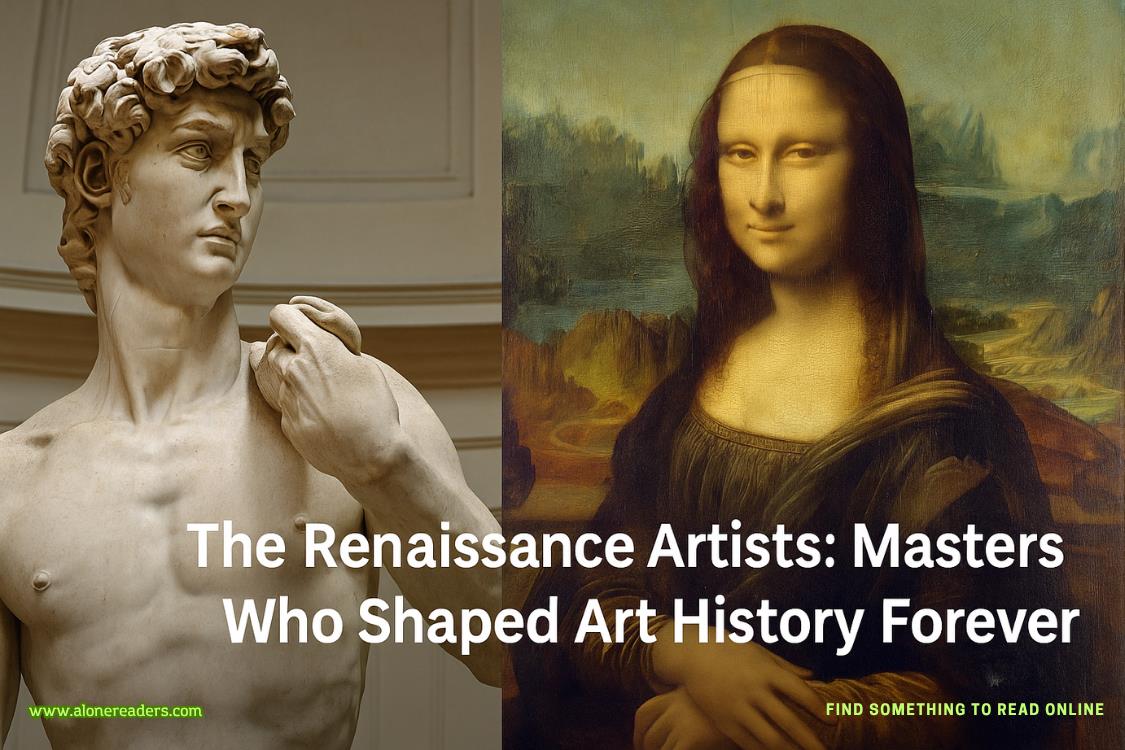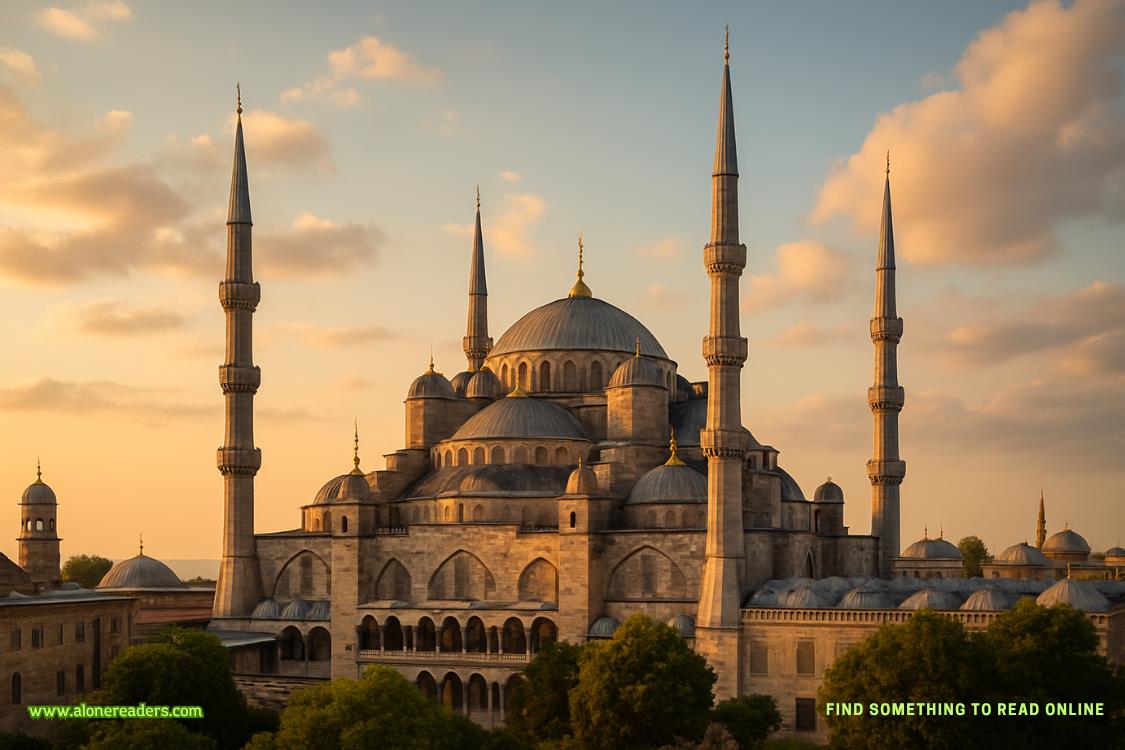“How long does poor Franco have to live?”
“I suppose that depends on whether he can find the person who transferred five hundred million dollars of the Camorra’s money to an account in Kyiv.”
“Regrettably it was Franco himself who authorized the transfer.”
“A lovely touch on Ingrid’s part. But you can be sure that Di Falco isn’t going to fall for it. If he feels his empire is threatened in any way, the bullets will fly. Which is why we need to move quickly.”
“With what?”
“The destruction of Camorra Incorporated and the arrests of Franco Tedeschi, Nico Ambrosi, and Lorenzo Di Falco on charges of murder, theft, fraud, embezzlement, and money laundering.”
“You don’t have enough evidence to make arrests.”
“Not yet,” agreed the general. “But you’re going to help me get it.”
“How?”
“His Eminence Cardinal Bertoli.”
***
It took the better part of an hour for the hacking malware Proteus to seize control of the cardinal’s phone and another thirty minutes to drain the device of emails, text messages, photographs, geolocation data, and telephone metadata. In short order, Gabriel was able to establish that Cardinal Bertoli had spent more than a million euros renovating his apartment in the Palazzo San Carlo, that he was dissatisfied with his present cook, that he suffered from insomnia and migraine headaches, that he maintained a close relationship with his younger sister, that he was a frequent visitor to the storerooms of the Vatican Museums, and that he had more than ten million euros in a brokerage account at Piedmont Global Capital of Milan.
By all appearances he was a dedicated and effective manager of the Roman Curia and the Vatican city-state. Typically his day began at half past four in the morning and did not end until after midnight. The finances of the Holy See were of paramount concern, as evidenced by the frequent emails, text messages, and phone calls he exchanged with his investment adviser, Nico Ambrosi. They met face to face at least once each week, either at the Vatican or in one of Rome’s better restaurants. They were circumspect in their electronic communications, but occasionally sensitive documents changed hands. One concerned a multimillion-euro loss on a complex currency play; another, a failed investment in a high-risk global growth fund. His Eminence, however, reported neither loss to the Holy Father in the corresponding quarterly report. The currency play, in Cardinal Bertoli’s telling, netted the Holy See a profit of some fourteen percent. The global growth fund, despite all evidence to the contrary, was firing on all cylinders.
The building in London’s New Bond Street had been troubled from the start, but the global pandemic had made a bad situation worse. Occupancy plummeted, revenue nosedived, and the debt grew burdensome. Cardinal Bertoli instructed Nico Ambrosi to request a grace period from their lender, SBL PrivatBank. And when the request was denied, the cardinal demanded a bridge loan of $100million to tide him over. The bank wasn’t interested.
Pressure was building elsewhere within the Curia’s portfolio as investments failed to deliver and cash on hand dwindled. Millions went up in smoke with the collapse of Archegos Capital Management, and millions more were tied up in other money-losing ventures. SBL PrivatBank demanded additional collateral, but Bertoli had none to offer. A sale of the New Bond Street property was not an option, for it was worth less than half of what the Vatican hadoriginally paid for it. Having no other recourse, Bertoli went hat in hand to wealthy Catholic businessmen in search of a bailout. His pleas fell on deaf ears.
Though his investment portfolio was teetering on the brink of collapse, Cardinal Bertoli, early the previous summer, had undertaken a refreshment of the paintings in his apartment in the Palazzo San Carlo. With the help of the chief conservator of the Vatican Museums, he made four visits to the underground storerooms. After one such visit, the cardinal telephoned an acquaintance who worked for the Uffizi Gallery in Florence. The acquaintance was Giorgio Montefiore, the world’s foremost expert on the life and work of Leonardo da Vinci.
***
“Why can’t you come to the lab?” asked Antonio Calvesi.
“It’s complicated.”
“It usually is where you’re concerned.”
“Be that as it may,” said Gabriel, “I require a word with you outside the walls.”
“About what?”
“Cardinal Bertoli.”
There was silence on the line.
“Are you still there, Antonio?”
“Michelangelo,” he said, and killed the connection.
It was the name of a little tourist bar across the street from the entrance of the Pinacoteca, the sort of place where most employees of the Vatican city-state wouldn’t be caught dead. Gabriel arrived at three fifteen. Calvesi was drinking coffee at a plastic table outside.
“What about Bertoli?” he asked.
“It has come to my attention that he sometimes borrows paintings from the collection of the Musei Vaticani to adorn the walls of his rather large apartment.”
“Sometimes?” Calvesi shook his head. “His Eminence treats the storerooms of the Pinacoteca as though they are his private art gallery.”















